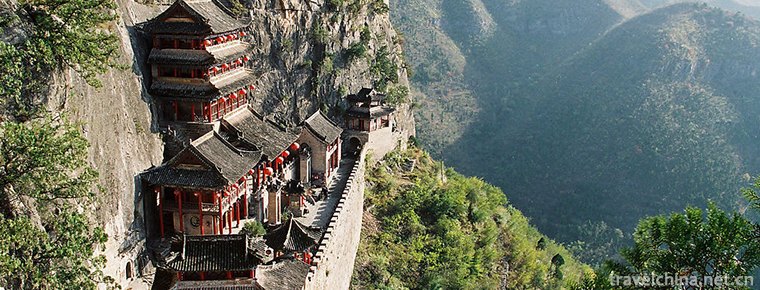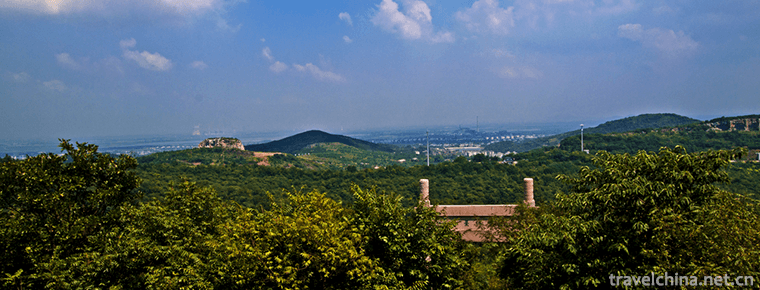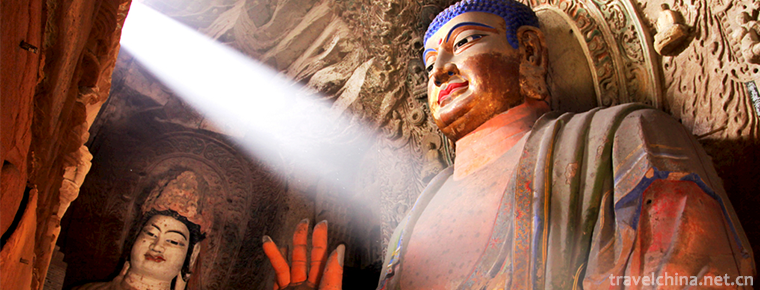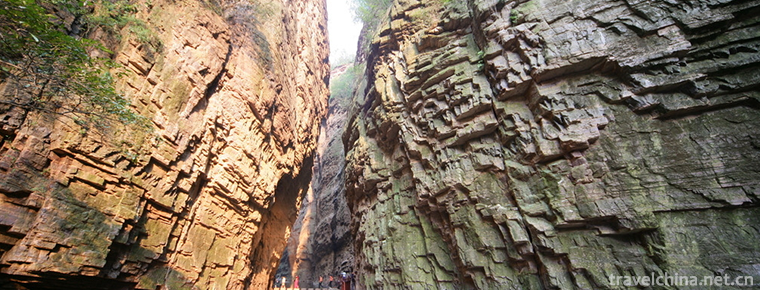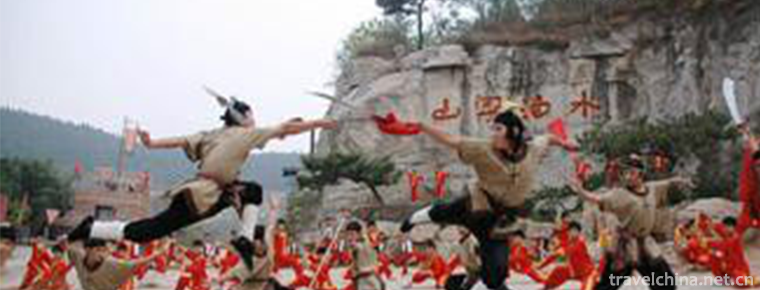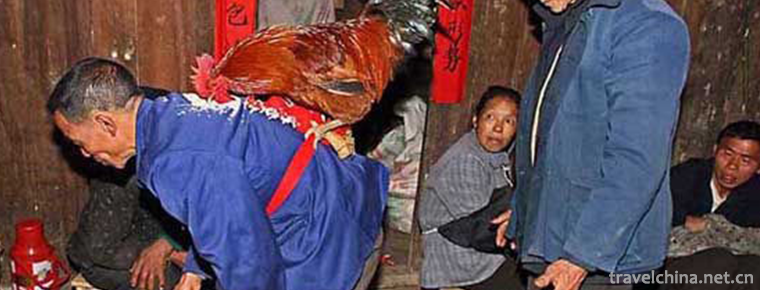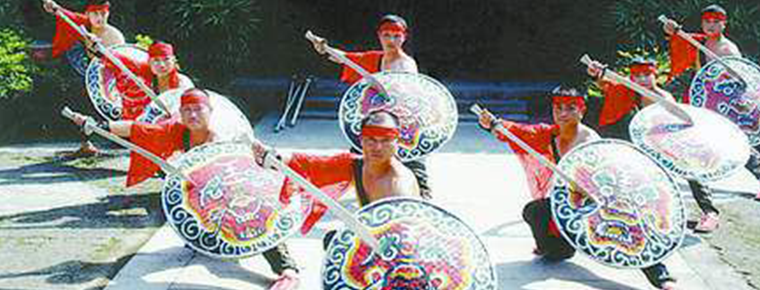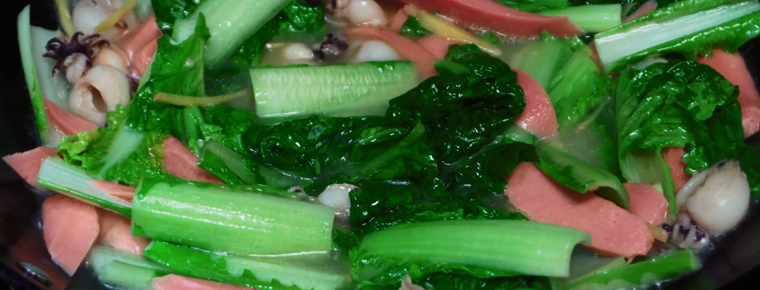Niangziguan Scenic Area
Niangziguan Scenic Area
Niangziguan is a famous pass of the Great Wall of China, known as the Ninth Pass of the Great Wall of China, and it is a must for military strategists of all dynasties. Located in the west of Taihang Mountains, Shijiazhuang City, Hebei Province, Jinglong County, Xikou , Yangquan City, Shanxi Province, northeast of Pingding County, Mianshan foothills. Niangziguan was originally named "Weize Guan", because the princess of Pingyang in the Tang Dynasty had led troops stationed here, the princess of Pingyang's army was known as "the women's army", so it got the name.
Basic introduction
geographical position
Niangziguan Scenic Spot is located about 40 kilometers east of Yangquan City, Shanxi Province. Its terrain is dangerous. It is the gateway of the Three Jin Dynasty and the throat of transportation. It is a must for military strategists of all dynasties.
Brief overview
Shanxi Niangziguan Scenic Spot is located 45 kilometers northeast of Pingding County, Shanxi Province. Niangziguan is an ancient pass, formerly known as Reed Translation Pass, passed down to the ninth Pass of the Great Wall. This pass is located at the junction of Shanxi and Hebei provinces. Shanxi people regard Niangziguan as the representative of both inside and outside the province.
Shock of momentum
Niangziguan's castle, backed by the elevated Emian Mountain, is facing the deep valley of Wanzhang, which is cut off by the rivers, and the ridges on the mountainside, winding with the mountain situation, the Taohe River flows around its northwest, tortuously. It's really a "band of mountains and rivers, Jincheng Tangchi". The two wings of the whole Guancheng are the winding Great Wall, which has historically become a natural barrier between Shanxi and Hebei provinces.“ The momentum of "one man at a time, one man at a time, one thousand men at a time" is very dangerous.
Historical legends
Niangziguan has a long history. During the Kaihuang period of the Sui Dynasty, Weize County was set up here. Princess Pingyang, the sister of Li Shimin, Taizong of the Tang Dynasty, led the Niangziguan army to guard the pass, so later generations call it Niangziguan. It is said that the princess of Pingyang was very brave when she was marshal. She often stayed with her saddle and knife. Even after she married General Chai Shao, she did not forget her barracks life. She was a famous heroine in Chinese history. Niangziguan coexisted with her famous name, which has lasted to this day.
Scenic spot environment
Niangziguan scenic traffic is very convenient. In the east, Yangquan City has a straight line to the scenic spot. In the west, Jinglongxian County, Hebei Province (more than 30 kilometers away from the scenic spot) has a bus passing through the scenic spot. The catering, accommodation and other facilities near Niangziguan have reached a certain scale and all kinds of considerate services. Conditions and comfortable environment are ideal places for tourists to visit. The main tourist attractions of this scenic spot are: Baijing Ancient City, Tang Dynasty Porcelain Kiln, Waterfall, etc.
Construction time
Guancheng was built in the 21st year of Jiajing (1542) of Ming Dynasty. There are two related gates, the middle of which is a residential area. Outer city gate is a brick coupon door with a platform, which seems to be used for inspecting soldiers and looking at the past. Under the gate is a brick coupon, and on the top is a gate building, which is very strong. The Great Wall on both sides of Guancheng is winding along the mountain and becomes a natural barrier between Shanxi and Hebei. On the north side of Guancheng, Taohe River, with turbulent water flow, is connected by mountains and mountains to the south. Shunshan Gorge of Shitai Line is winding and paved. Every time the train arrives at this point, it looks north at the window, stands close to the parks, waterfalls rush and fall, scattered like beads, which is magnificent. The Valley is called the water curtain tunnel. Shizhen, the king of the Ming Dynasty, praised the scene with the phrase "Jet Jade High from the West Pole, Grab Cliff Majesty from the Great Spirit".
Origin
Statement 1
There are two opinions about the origin of Niangziguan: one is that there was a "Jealous Lady Temple" built here to commemorate Jiezitui's sister, Jieshan.
Statement two
Another reason is that Princess Tang Pingyang has been stationed here. This latter statement. It is now a definite conclusion. Because of this, there are many relics related to Princess Pingyang in Niangziguan area. Such as the "Su Jiang Building" on the South Gate, the "Point Jiang Tai" on the other side of the Taohe River, and the "Summer Resort Building" in Mianshan, it is said that the Princess of Pingyang was first built. In the mountain depression east of the summer resort building, there is an endless small pool of water, which is said to be the washbasin of Princess Pingyang at that time.
Main attractions
The existing Guancheng was built in Jiajing in the Ming Dynasty (1542 A.D.), with two gates in the South and East and a wall of 650 meters in length, with residential areas in the middle.
Brick coupons are below and doors are above. On the top of the city gate, there are four big characters: "Jingji Fanping". In front of the gate, there is a stone paved ancient carriage and horse road about 100 meters. The gate building is built on top of the gate.
About ancient buildings such as Emperor Temple and Zhenwu Pavilion. Residential houses and streets in the city remain the same, and most of the local residents are descendants of the Ming and Qing dynasties.
For the brick coupon door hole, on the platform. There are five Dayus inscribed on the entrance of the cave, namely "Zhili Niangziguan".
The summer building on Mianshan Mountain is traditionally built by Princess Pingyang of the Tang Dynasty.
Outside Guancheng is the tortuous Yanzhao ancient road.
In the East Gate of the Niangzi Pass, there is a brick platform, which is traditionally the point of the Princess of Pingyang.
Landscape characteristics
Social fire
Since ancient times, many villages in Niangziguan Town have performed on January 16 every year, which is the form of villagers celebrating the Spring Festival: there are fighting, fork playing and other contents mostly simulated ancient battlefield stories. On the morning of January 16th, villagers spontaneously organized themselves to take spears, knives, steel whips, swords, flags and other props to the streets. The gongs, drums and banners started to set off a social fire. The more crowds gathered, the more lively the scene was.
River lamp
River lanterns are the traditional customs of the Chinese nation, which are used to mourn the deceased and to bless the living. It is popular in Han, Mongolia, Daur, Yi, Bai, Naxi, Miao, Dong, Buyi, Zhuangzhuang and Tujia areas. River lanterns are often placed by the water on the night of March 3, Qiqiao Festival and Mid-Autumn Festival. Taoism and Buddhism also put river lanterns on religious festivals held on July 15 of the summer calendar. Most people mistakenly believe that river lanterns are religious activities.
Tourist guide
Pingding County, Shanxi Province, 45 kilometers northeast.
You can take the 7117 train at Shijiazhuang Station, leaving at 6:38 in the morning and arriving at Niangziguan at 9:11. When you get off the bus and walk eastward, you can see the building closing. Then you can walk along the highway for 20 minutes to see the waterfall. In the afternoon, 7118 rides can return to Shijiazhuang. The driving time is 17:17 and 19:36 to Shijiazhuang.
Three-sided "marshalling" has Shanxi flavor, 2 yuan a bowl, very affordable.

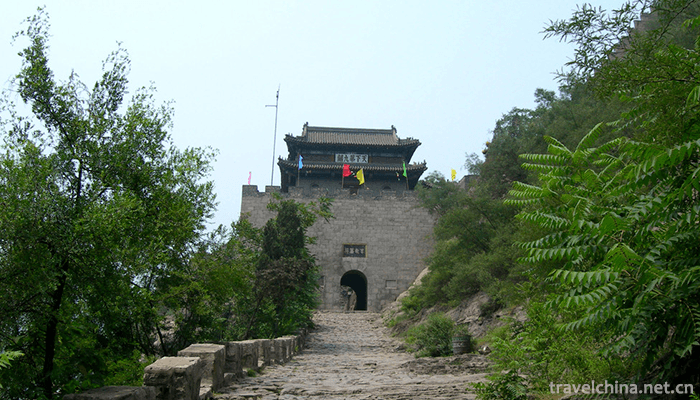
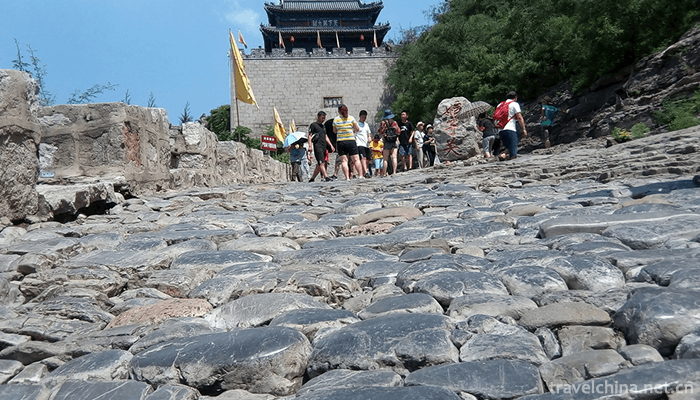
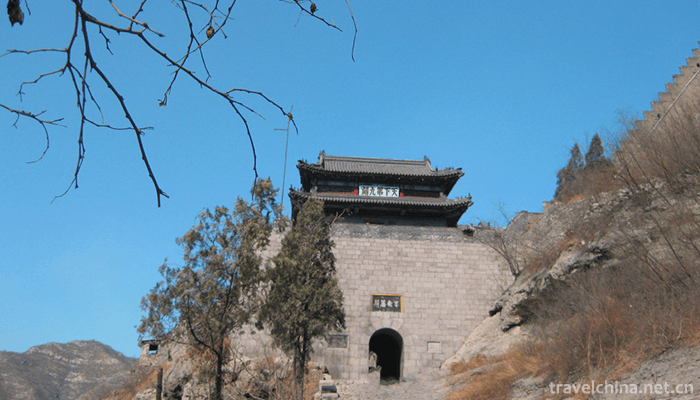
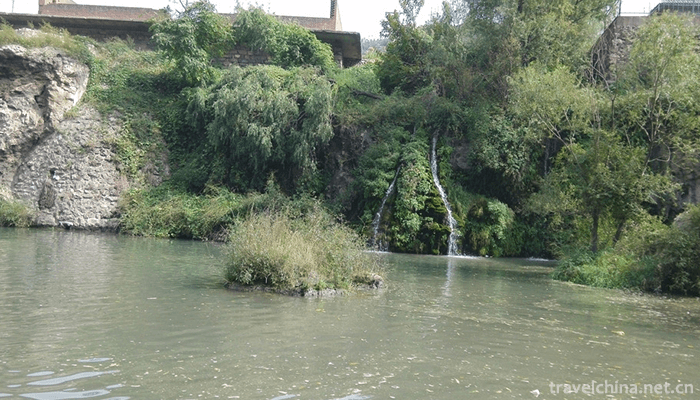
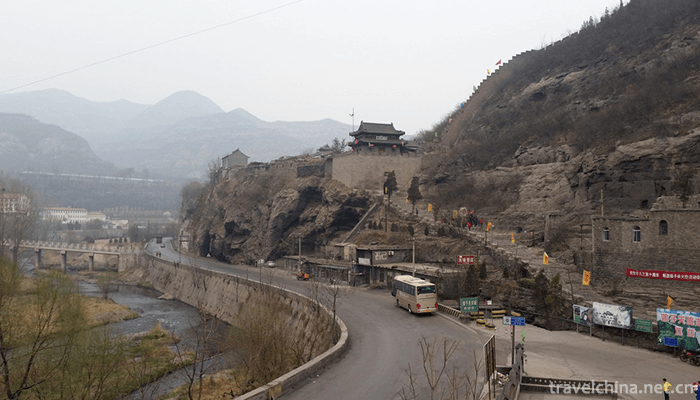
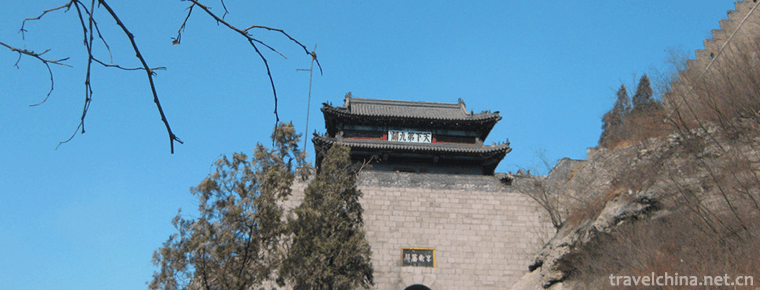
Niangziguan Scenic Area
-
Chongqing small noodles
Chongqing small noodles is one of the four characteristics of Chongqing
Views: 325 Time 2018-10-12 -
Wa Palace Scenic Area Handan City
Wa Palace, located in Zhonghuangshan Mountain, Shexian County, Handan City, Hebei Province, covers an area of 5 square kilometers.
Views: 280 Time 2018-11-24 -
Bagong Mountain Tourist Scenic Area
Since 2001, Bagongshan Scenic Area has listed Bagongshan National Geopark, Bagongshan National Forest Park and Bagongshan National AAAA Tourist Area successively. Bagong Mountain is a famous historica
Views: 170 Time 2018-12-23 -
Binxian Dafo Temple Grottoes
Binxian Dafo Temple Grottoes, located at the foot of Qingliang Mountain, 10 kilometers west of Binxian City, Xianyang City, Shaanxi Province, is the largest Grottoes group in Shaanxi Province and an i
Views: 152 Time 2019-01-03 -
Longtan Grand Canyon Scenic Area
Longtan Grand Canyon Scenic Area is the core scenic area of national AAAAA level scenic area, National Geological Park and Daimeishan World Geological Park. It is a Canyon Scenic
Views: 129 Time 2019-02-06 -
Liangshan Wushu
Liangshan is the hometown of the heroic stories of the Marsh, the place where the heroes of the Marsh flocked together and opposed oppression and exploitation in past dynasties. At the same time, it i
Views: 123 Time 2019-05-13 -
Maonan Fat Cover
"Fat set" is the general name of Maonan people's vow-making activities. It prevailed in the Ming and Qing Dynasties. At the beginning, Maonan people used Nuo rituals to sacrifice the heavens
Views: 108 Time 2019-05-27 -
Shaheteng Array
The rattan array is the only ancient combat technology in northern China. It has gone through hundreds of years since Ming Dynasty. Today, it only exists in Shilipu Village, Shahe City, Hebei Province
Views: 362 Time 2019-06-12 -
Sausages with cuttlefish
Cuttlefish, also known as cuttlefish, squid. Cuttlefish is delicious, nutritious and of high medicinal value. It is rich in protein, fat, inorganic salt, carbohydrate and many other substances. In add
Views: 298 Time 2020-04-10 -
Fobao scenic spot
Fobao scenic spot, located 128 kilometers southeast of Sichuan Province, is located in the southern edge of Sichuan Basin. It is a primeval forest area at the tail of the North vein of Dalou mountain. It covers an area of 380 square kilometers. It has the characteristics of mountain, water, stone and forest. It is a subtropical humid climate with superior natural conditions and well preserved vegetation.
Views: 185 Time 2020-10-16 -
Huangze Temple
Huangze temple is the only temple for Empress Wu Zetian in China. It is located on the Bank of Jialing River in Guangyuan City, Sichuan Province. In 1961, it was listed as one of the first batch of national key cultural relics protection units by the State Council; in 2006, it was rated as a national AAAA tourist attraction.
Views: 90 Time 2020-11-08 -
Guangan science and technology
In 2019, 16 new high-tech enterprises will be cultivated in Guang'an City, 107 of which will be put on record by the Ministry of science and technology. One provincial high-tech industrial park, one provincial engineering technology research center and two
Views: 359 Time 2020-12-19

